About Serum Airdrop
Serum Airdrop is the world’s first completely decentralized derivatives exchange with trustless cross-chain trading in collaboration with a consortium of crypto trading and DeFi experts. It is natively based on the Solana blockchain and also has an Ethereum (ERC20) version.
Serum and FTX Exchange are jointly airdropping a total of 500,000,000 SRM tokens to FTT token holders. Create an account at FTX exchange and hold a minimum of 500 FTT tokens to be eligible to receive free SRM tokens. All eligible users will receive 3 SRM for every 500 FTT held per week.
| Basic | Details |
|---|---|
| Token Name | Serum Airdrop |
| Platform | ETH |
| Total Value | 500,000,000 SRM |
| Total Supply | 161,000,001 SRM |
| KYC | KYC Is Not Requirement |
| Whitepaper | Click Here To View |
| Max. Participants | Unlimited |
| Collect Airdrop | Click Here To Collect Free Airdrop |
Step-by-Step Guide:
- Create an account at FTX exchange.
- Now hold at least 500 FTT tokens.
- Snapshots of the FTT holdings will be taken randomly.
- All eligible users will receive 3 SRM for every 500 FTT held per week.
- The rewards will be distributed every Tuesday to the user’s FTX exchange wallet.
- The airdropped SRM tokens will be in a locked state and will only be unlocked over the next seven years.
- For more information regarding the airdrop, see this post.
Speed and Usability
Above all else, DeFi is slow and expensive. It costs dollars to do a trade, and minutes for it to clear. This is fine for some use cases–but many customers prefer the fast, cheap execution of centralized exchanges. It’s hard to stare at your Metamask wallet waiting for a trade to be confirmed without missing centralized exchanges.
Centralization
When you trace all the way through, most DeFi protocols bottom out in a centralized oracle–often in the most crucial step. Sometimes, this is a liquidation price oracle pointing to centralized exchange APIs. Other times it’s a council of token holders. Sometimes it’s the team of the protocol itself. There’s a further problem, too–most decentralizing protocols are computationally intensive. Fitting them into the ETH blockchain in a way that is cost efficient and fast has largely eluded the space.
That’s not to say that centralization is always bad! USDT, USDC, and similar tokens are great projects which have revolutionized the entire crypto industry. They power much of the volume, and if you want something that can be turned into a dollar 24/7 that’s the only game in town–and probably always will be. Because fundamentally dollar bills aren’t on the blockchain, they’re in bank accounts.
Stablecoins
Banks aren’t on the blockchain, and neither are physical dollar bills. So how do you build a stablecoin that is always worth a dollar, but also doesn’t rely on a bank account not getting shut down?
Cross-Chain Support
There have been many attempts at cross-chain support. WBTC is probably the most known, creating an ERC20 token wrapping BTC; Thorchain is building an entire protocol that allows for complete, fast cross-chain support. There are lots of ways to attempt it. One thing all of the current versions have in common, though, is an oracle, or panel of token holders, or some other place where the truth is decided by people expected to be honest. Because, fundamentally, BTC isn’t on Ethereum, so how can a smart contract know or impact its transfers?
SRM
SRM is anticipated to hold the following utility:
• All of the net fees on Serum go to a SRM burn
• Holding SRM gives one up to 50% off of all fees on Serum
• Holding 1 MSRM gives a 60% discount on fees
• Fees may be made payable with SRM
• SRM and MSRM will be made available on Serum
• SRM can be staked on a node. Each node must have at least 10,000,000 SRM, and must include at least one MSRM. Nodes are expected to play the following role:
– Each node may be called upon to provide insurance for a cross-chain transaction. They will receive a portion of the fees for any transaction in which they do this. Such collateral may be subject to certain default risks.
– There will be a fund of SRM that will be distributed as staking rewards to each node.
– Each node has a leader–the one who created it. A portion of all the rewards for that node will be given to the leader.
– Nodes perform important duties to optimize the performance and throughput of the Serum ecosystem. Rewards or penalties can be paid based on their execution.
Contracts
Serum offers the ability for users to trade custom cryptocurrency contracts.
These allow users to put on leveraged positions in any products that Serum has
markets for – including cross-chain physically settled contracts. Further these
contracts may be tokenized and can thus be moved across the blockchain.





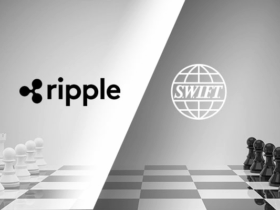
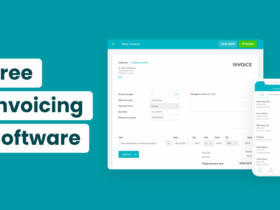





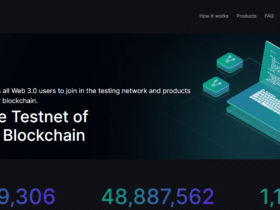



















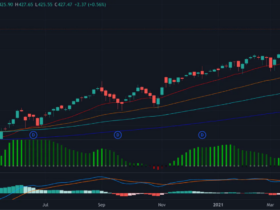


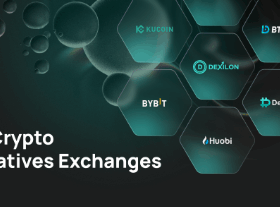
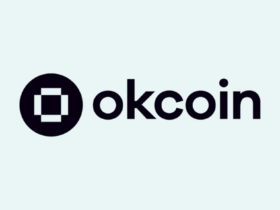
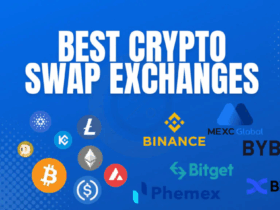




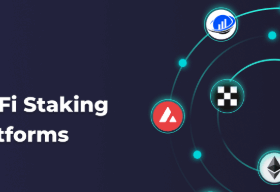

Leave a Reply